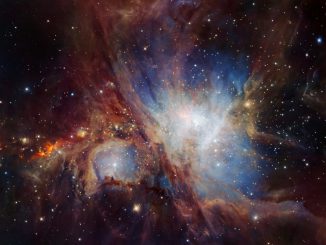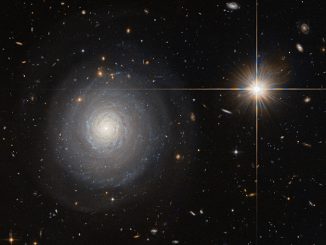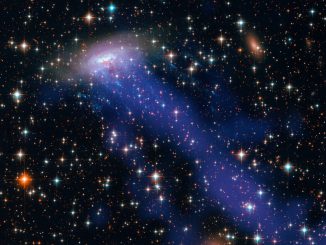
Japan’s Hitomi observatory made cosmic discovery before failing
Japan’s doomed Hitomi observatory peeled back a veil on the inner workings of the Perseus cluster of galaxies before the satellite spun out of control earlier this year, revealing in unprecedented detail how gas heated to millions of degrees behaves around an unseen supermassive black hole, scientists said.









